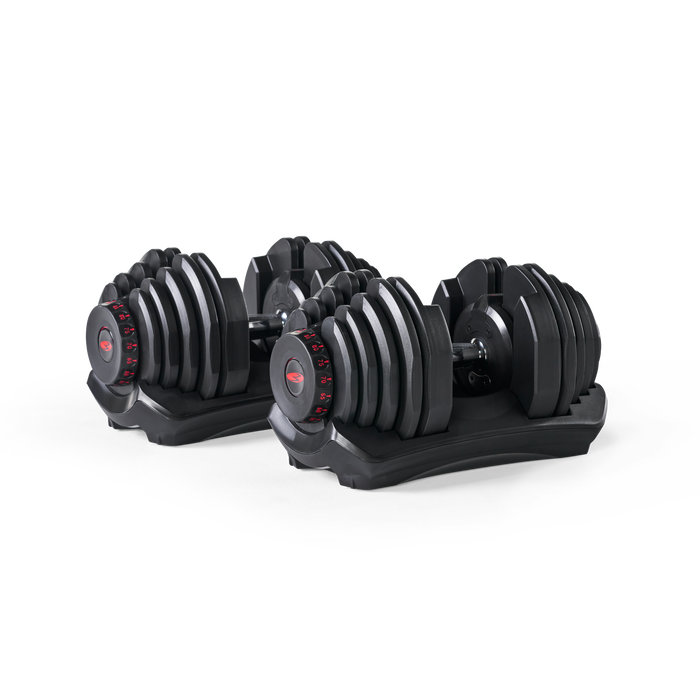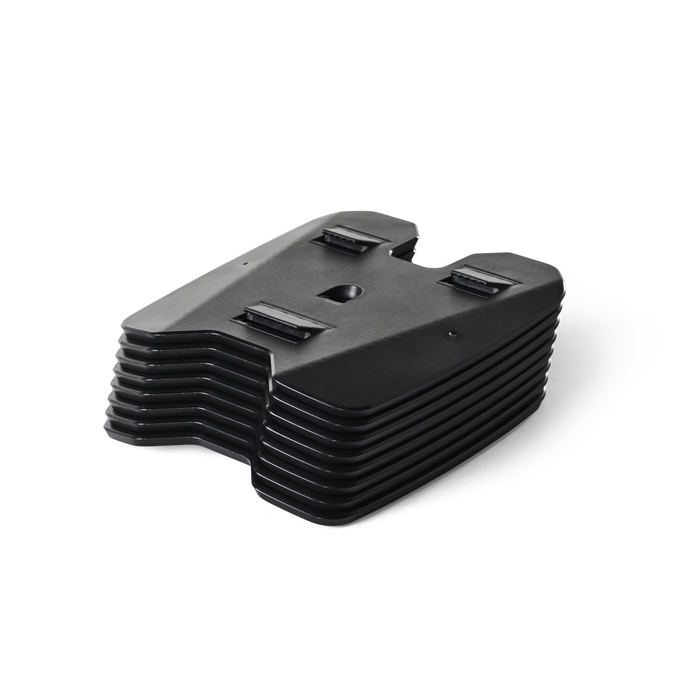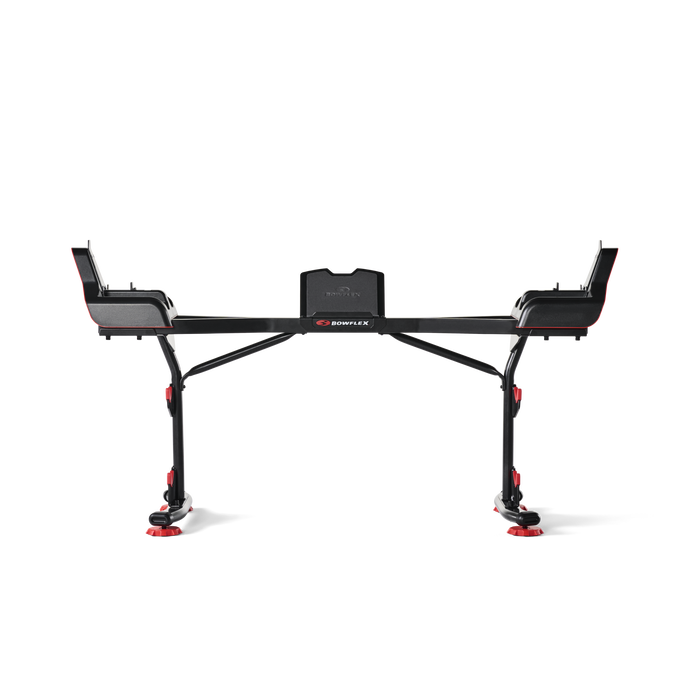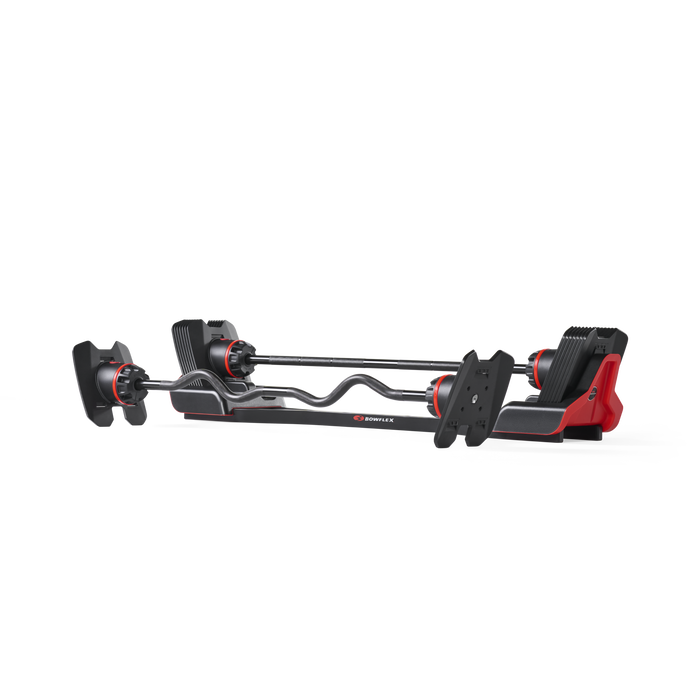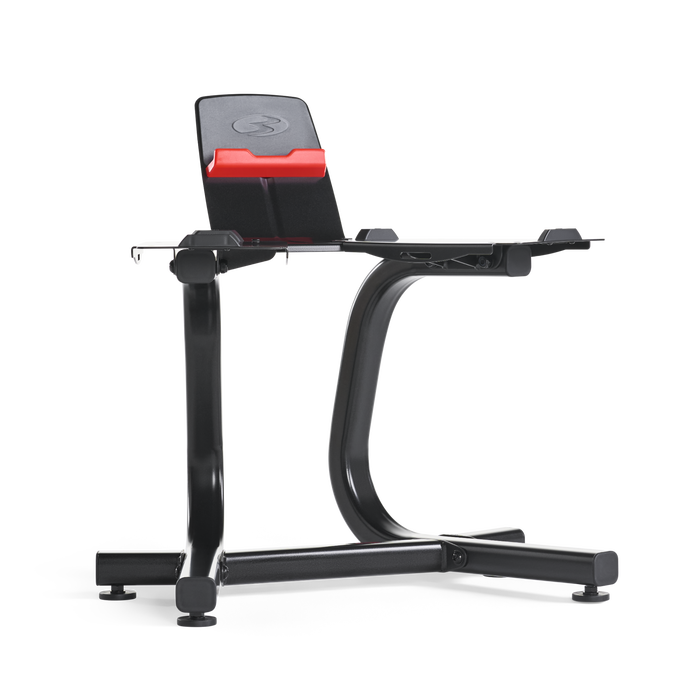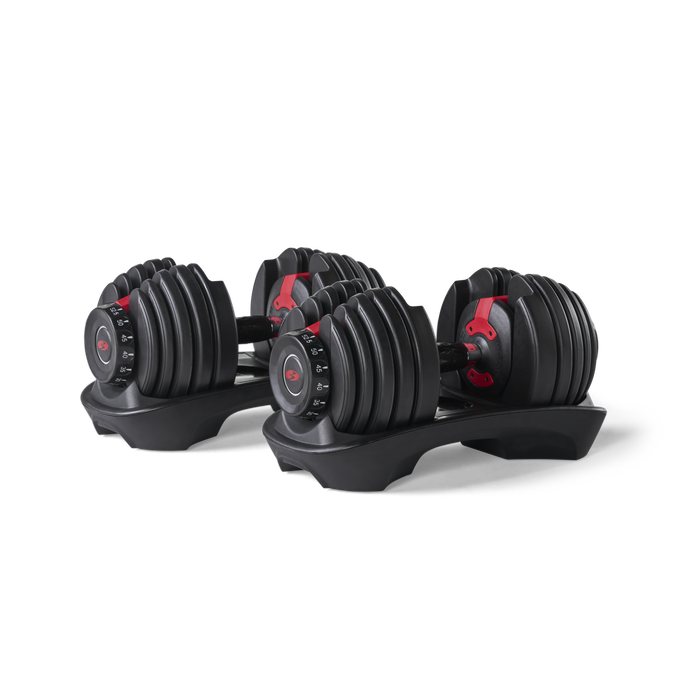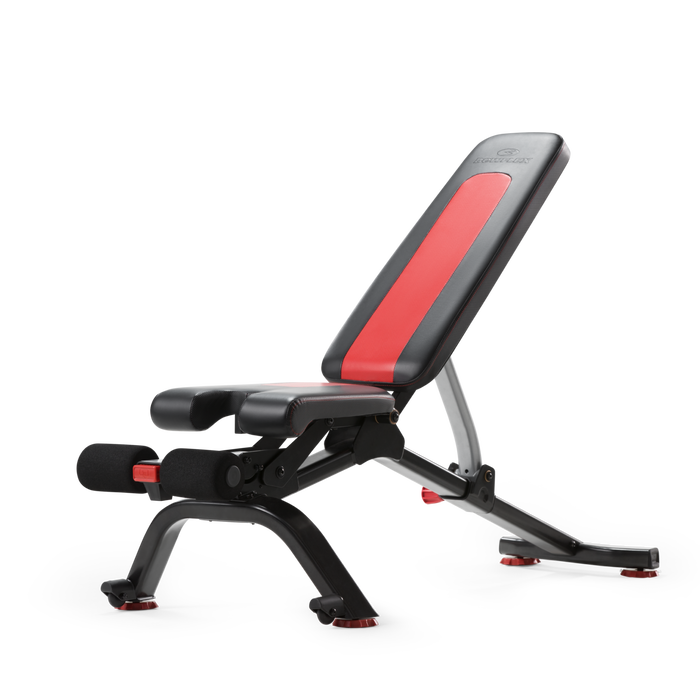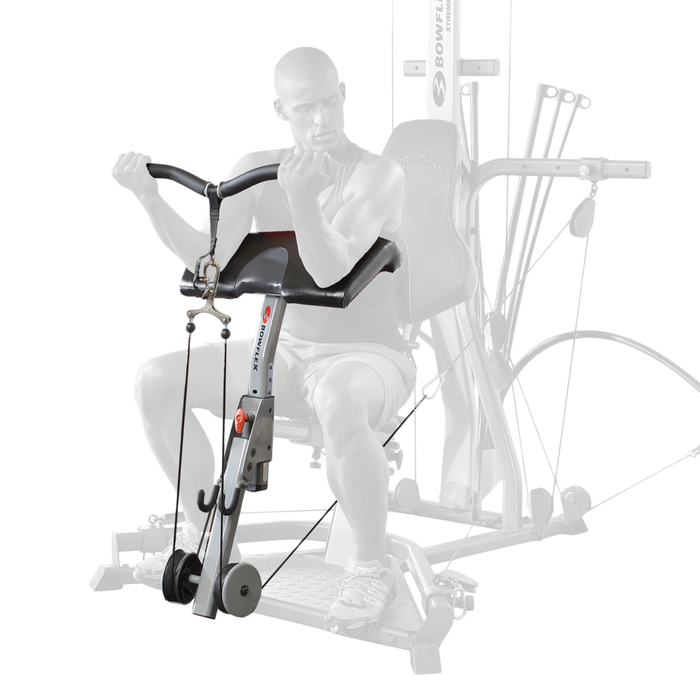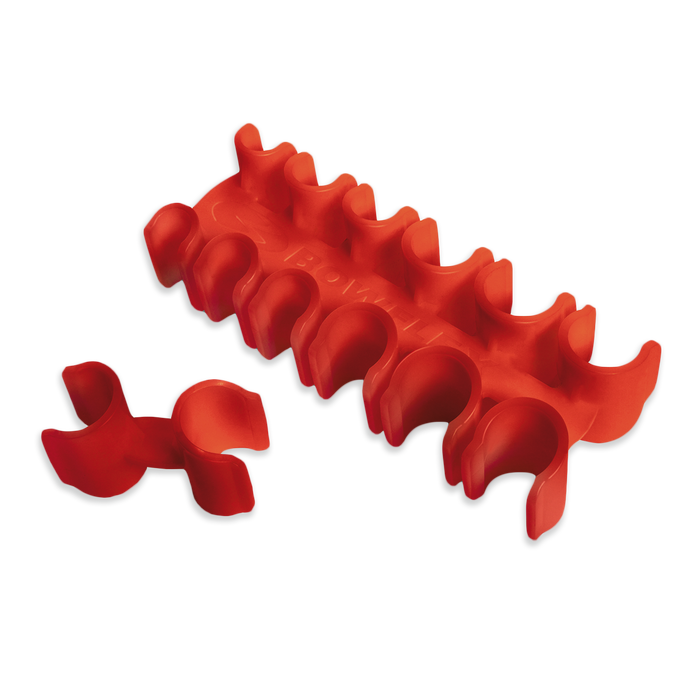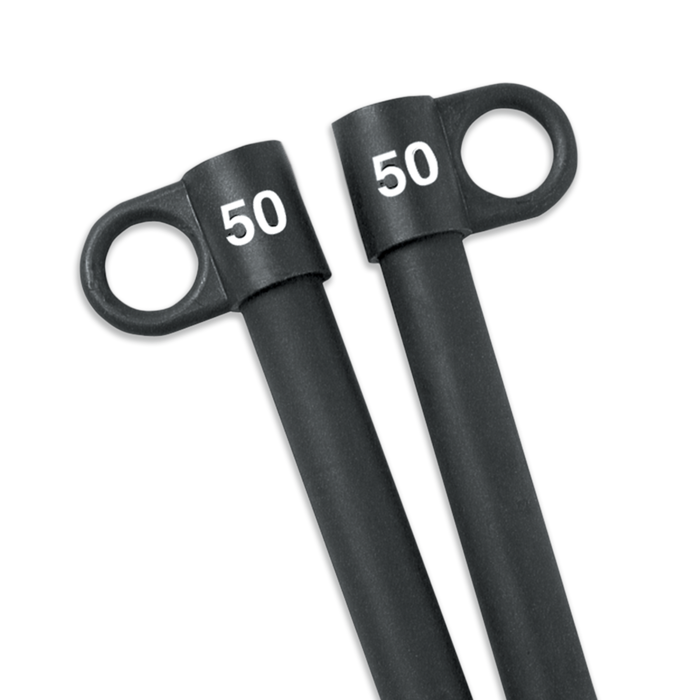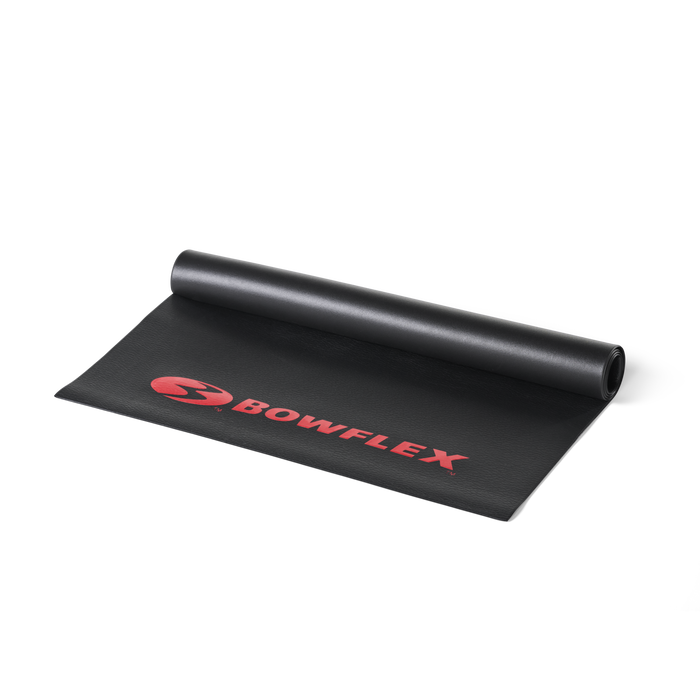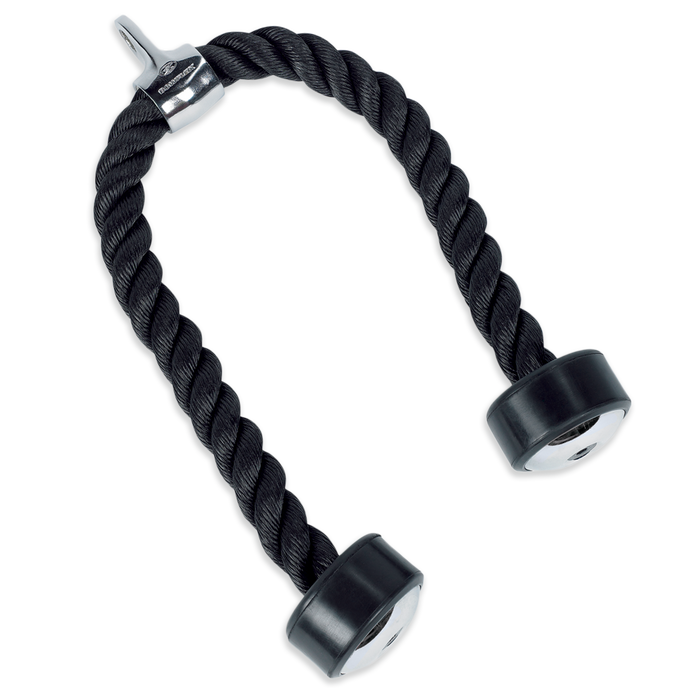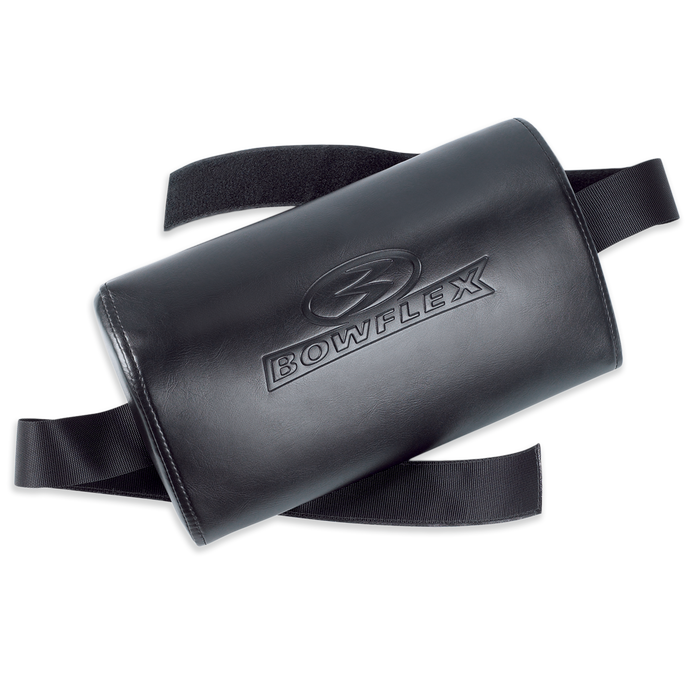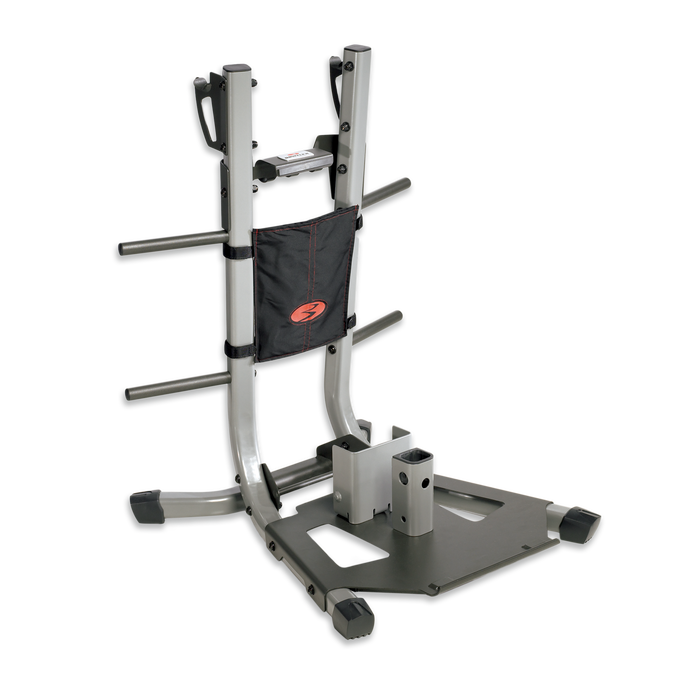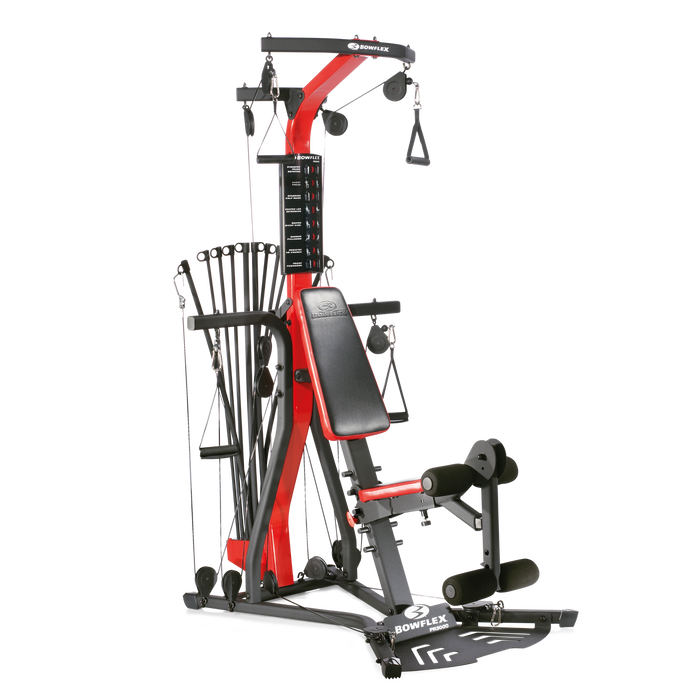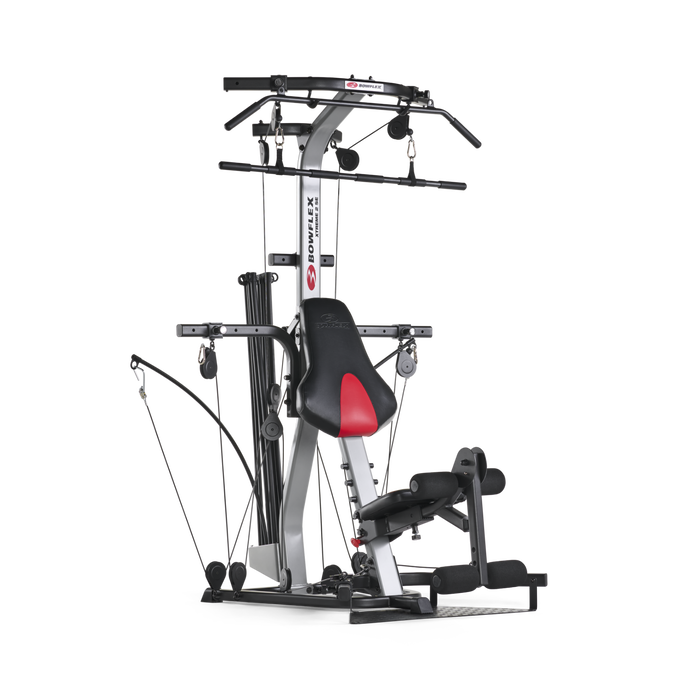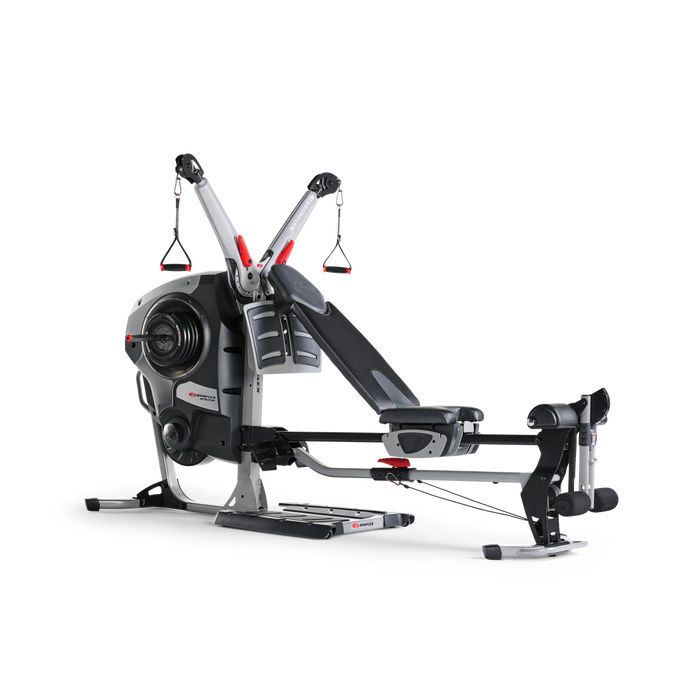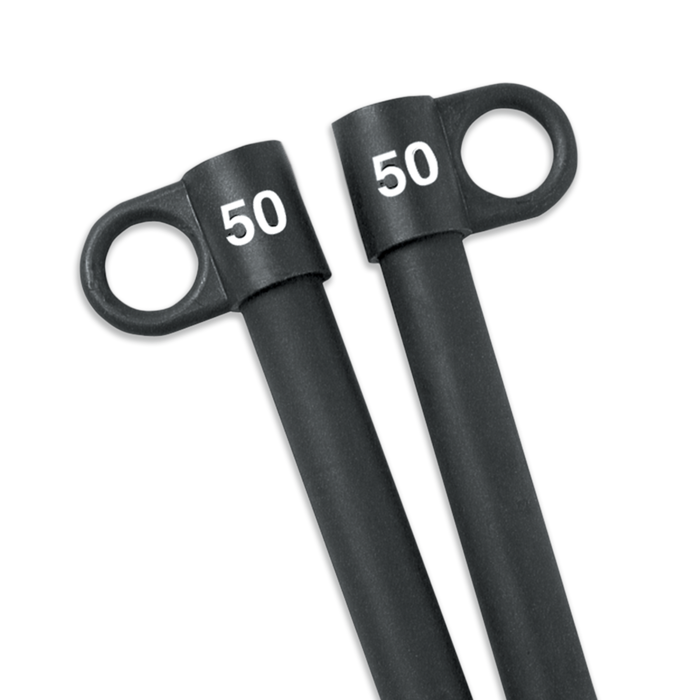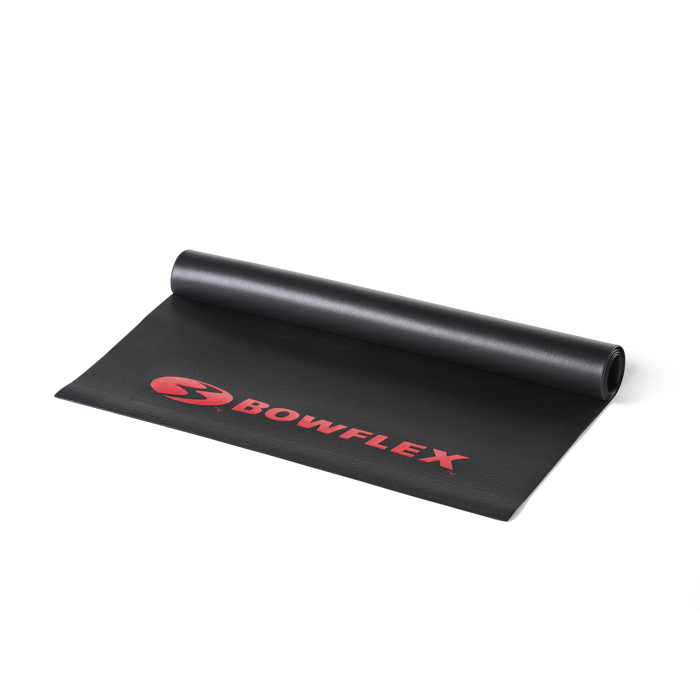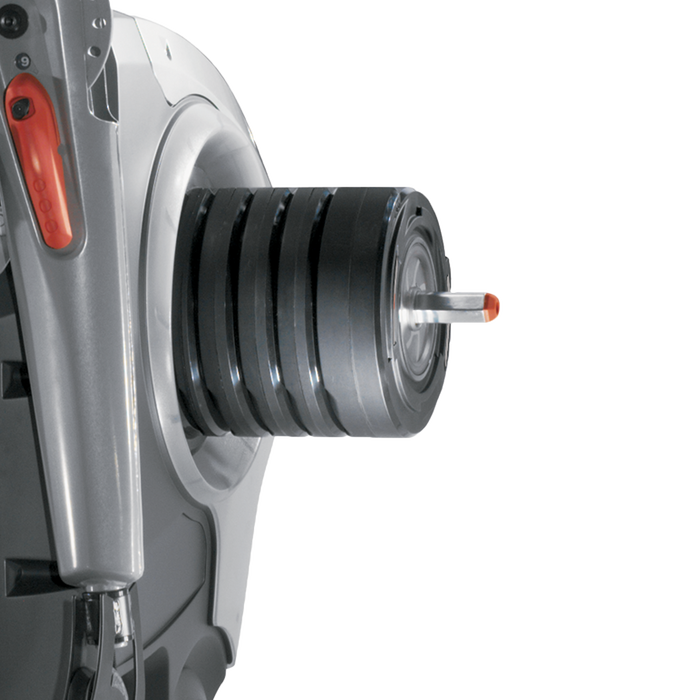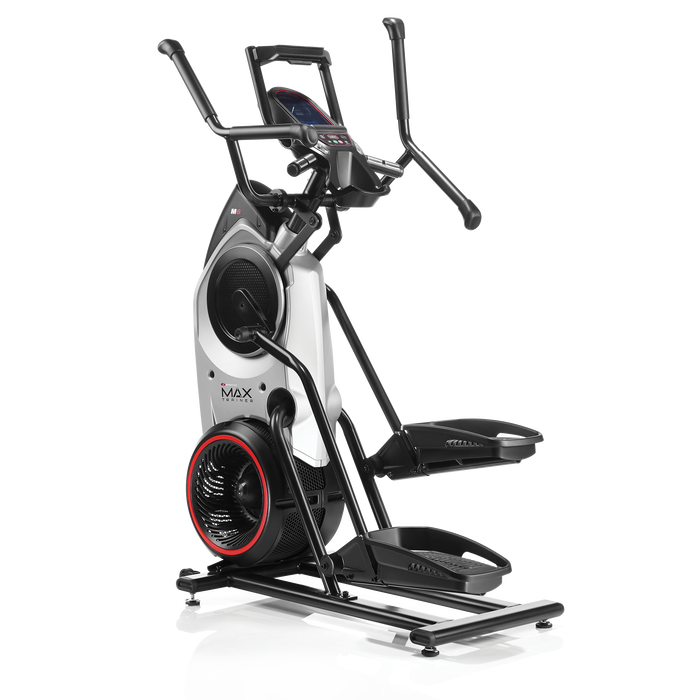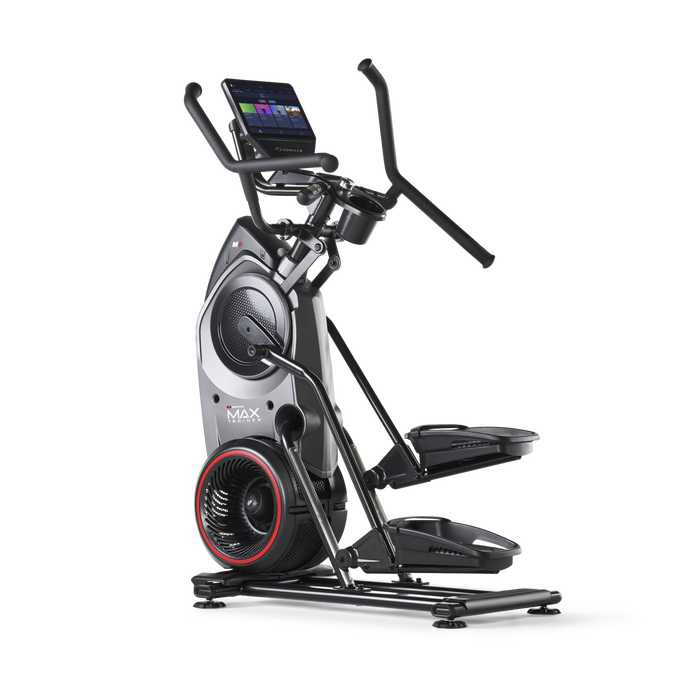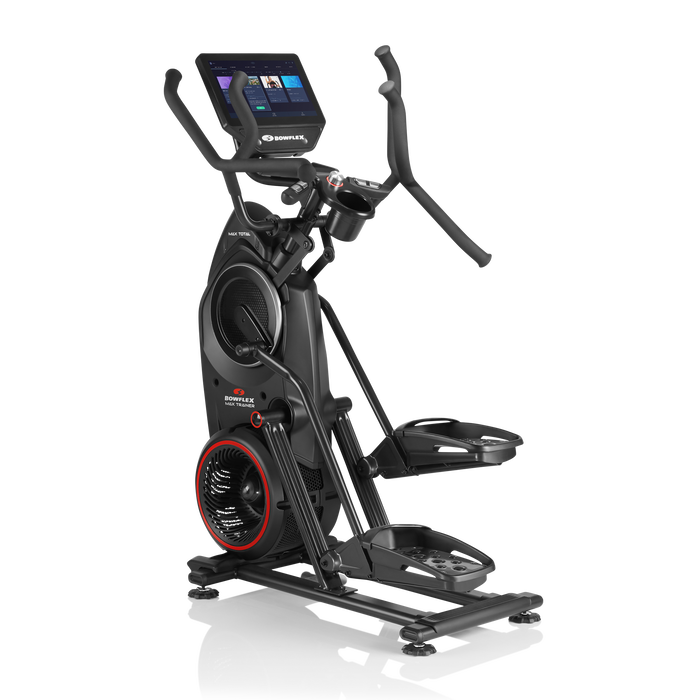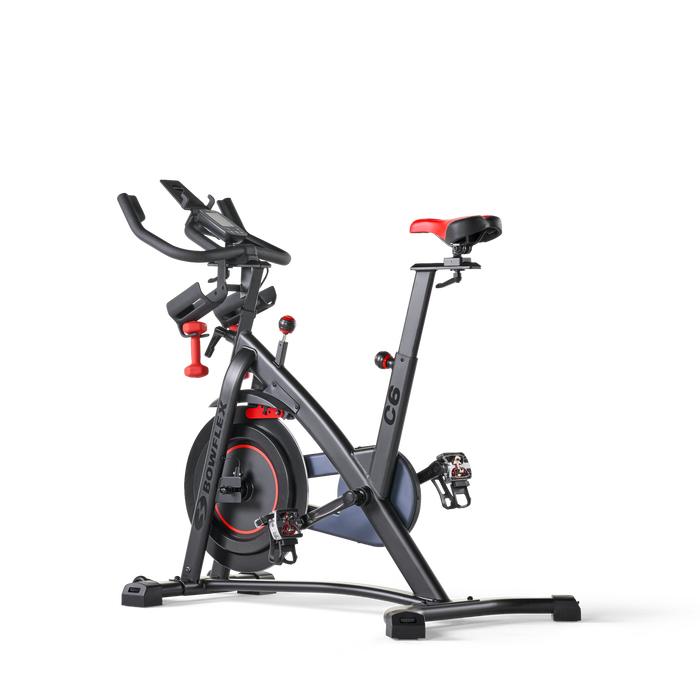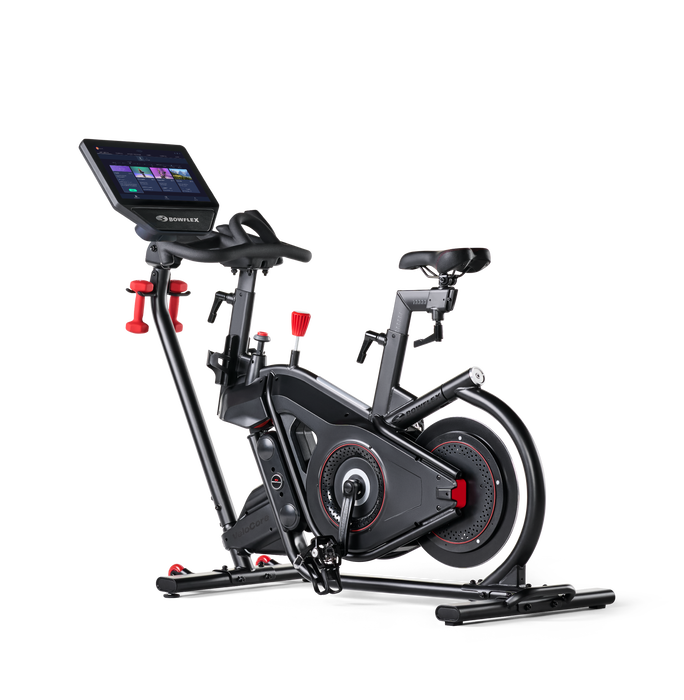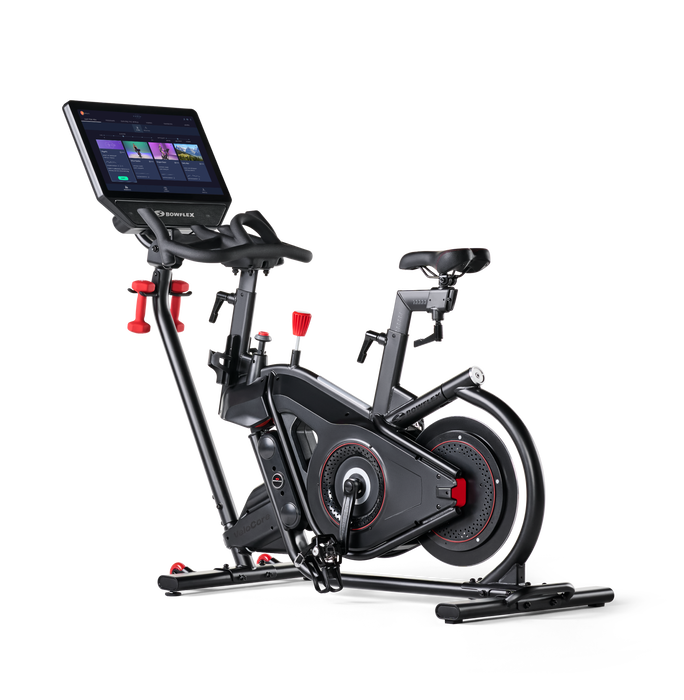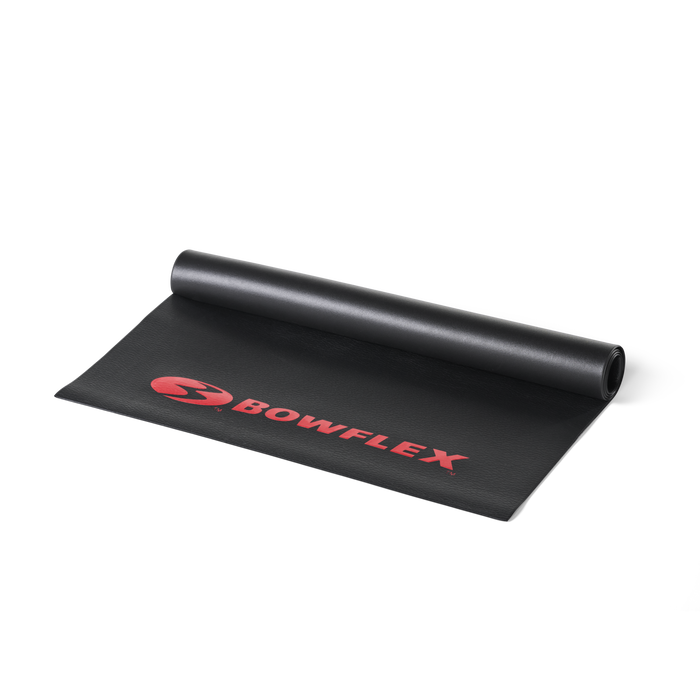Only 20 Minutes to Work Out? Then H.I.I.T. It!

Let's be perfectly honest. When it comes to exercise, people want the greatest results in the shortest amount of time. When it comes to cardiovascular workouts, if you're one of those people who can't stand plodding away on a treadmill or an elliptical trainer for an hour or more, there's great news: If you want to torch significant calories in the shortest amount of time, H.I.I.T. it!
H.I.I.T. is an acronym that stands for High-Intensity Interval Training. Simply put, this type of training involves performing a series of short intervals of cardiovascular exercise at high intensity, followed by periods of recovery. There is a significant body of recent scientific research on this method of training with exciting findings, including cardiovascular benefits and benefits similar to or exceeding those found in longer duration steady-state cardio. This is great news for those who either can't stand long cardio sessions or need to squeeze in shorter duration workouts without sacrificing results.
An example of a 25-minute high-intensity running workout might look like this:
- 10-minute easy warm up
- 30-second sprint followed by 60-second walk to recover, repeated seven times
- 4.5-minute easy cool-down
These workouts can be made harder or easier by simply manipulating the work-to-rest ratio. The above example has a work-to-rest ratio of 1:2, or 30 seconds work to 60 seconds rest. If you have less time to exercise or want to work out even harder, you could simply change the work-to-rest ratio to be 1:1 or 30 seconds work to 30 seconds recovery.
- 5-minute easy warm-up
- 30-second sprint followed by 30-second walk to recover, repeated 10 times
- 5-minute easy cool-down
Total workout time: 20 minutes.
If you're just starting out, you can make the work-to-rest ratio even greater to build up your cardiovascular fitness. This may include intervals with a ratio of 1:3 or 1:4, such as 30 seconds of hard effort followed by 2 minutes of recovery. As you get fitter, you simply decrease the rest time.
The rule of thumb is that the shorter the work interval, the higher the intensity. So you can do 10-second intervals followed by 30 seconds of rest, but those 10 seconds need to be exceedingly hard in order to achieve the maximum benefit.
One of the additional exciting scientific findings from this type of training is the "EPOC" effect or Excess Post-exercise Oxygen Consumption. This means that you may continue to burn calories even after your workout is completed as your body adjusts back from this oxygen debt to homeostasis. A pretty great side effect, right?
So it's no longer an excuse to avoid working out if you only have a small window of time to do so. When you're pressed for time, get out there and get in a quick H.I.I.T. workout. You'll be amazed at the results!

